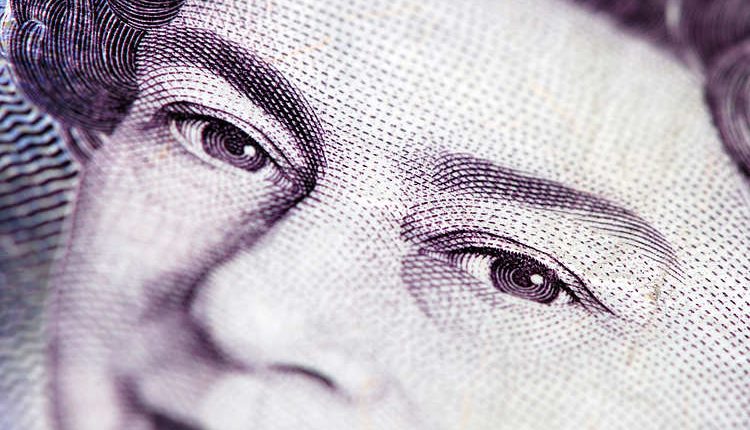- GBP/USD weakens to near 1.2840 in Tuesday’s early European session.
- Investors await the UK job data on Tuesday for fresh impetus.
- The USD gains ground on Trump trades.
The GBP/USD pair extends its downside to near 1.2840 on Tuesday during the early European session. The Greenback remains firm as Trump trades continue to rally. Investors will closely monitor the UK employment data, which is due later on Tuesday.
The Bank of England (BoE) decided to cut interest rates by 25 basis points (bps) last week, bringing the bank’s key rate to 4.75%. The BOE Governor Andrew Bailey stated during the press conference that the UK central bank needs to retain a “gradual approach” to policy easing.
The UK job data on Tuesday will be closely watched as it might offer some hints about the BoE policy decision in the December meeting. The Unemployment Rate in the UK is expected to tick higher to 4.1% in the three months to September from 4.0% in the quarter ending August.
Additionally, the Average Earnings Excluding bonuses are projected to grow by 4.7% versus 4.9% prior, while Average Earnings including bonuses are estimated to rise by 3.9% from the prior release of 3.8%. If the report shows a stronger-than-expected outcome, this could support the Pound Sterling (GBP) against the USD.
On the USD’s front, a possibility that the Trump administration will propose policies, including steep tariffs, tax cuts, and interference with the Federal Reserve’s monetary policy, might boost the USD and bond yields. Fed officials are likely to reinforce the cautious tone this week, and traders will take more cues from the release of the US Consumer Price Index (CPI), Producer Price Index (PPI), and Retail Sales reports later this week.
Pound Sterling FAQs
The Pound Sterling (GBP) is the oldest currency in the world (886 AD) and the official currency of the United Kingdom. It is the fourth most traded unit for foreign exchange (FX) in the world, accounting for 12% of all transactions, averaging $630 billion a day, according to 2022 data. Its key trading pairs are GBP/USD, also known as ‘Cable’, which accounts for 11% of FX, GBP/JPY, or the ‘Dragon’ as it is known by traders (3%), and EUR/GBP (2%). The Pound Sterling is issued by the Bank of England (BoE).
The single most important factor influencing the value of the Pound Sterling is monetary policy decided by the Bank of England. The BoE bases its decisions on whether it has achieved its primary goal of “price stability” – a steady inflation rate of around 2%. Its primary tool for achieving this is the adjustment of interest rates. When inflation is too high, the BoE will try to rein it in by raising interest rates, making it more expensive for people and businesses to access credit. This is generally positive for GBP, as higher interest rates make the UK a more attractive place for global investors to park their money. When inflation falls too low it is a sign economic growth is slowing. In this scenario, the BoE will consider lowering interest rates to cheapen credit so businesses will borrow more to invest in growth-generating projects.
Data releases gauge the health of the economy and can impact the value of the Pound Sterling. Indicators such as GDP, Manufacturing and Services PMIs, and employment can all influence the direction of the GBP. A strong economy is good for Sterling. Not only does it attract more foreign investment but it may encourage the BoE to put up interest rates, which will directly strengthen GBP. Otherwise, if economic data is weak, the Pound Sterling is likely to fall.
Another significant data release for the Pound Sterling is the Trade Balance. This indicator measures the difference between what a country earns from its exports and what it spends on imports over a given period. If a country produces highly sought-after exports, its currency will benefit purely from the extra demand created from foreign buyers seeking to purchase these goods. Therefore, a positive net Trade Balance strengthens a currency and vice versa for a negative balance.
Read the full article here

